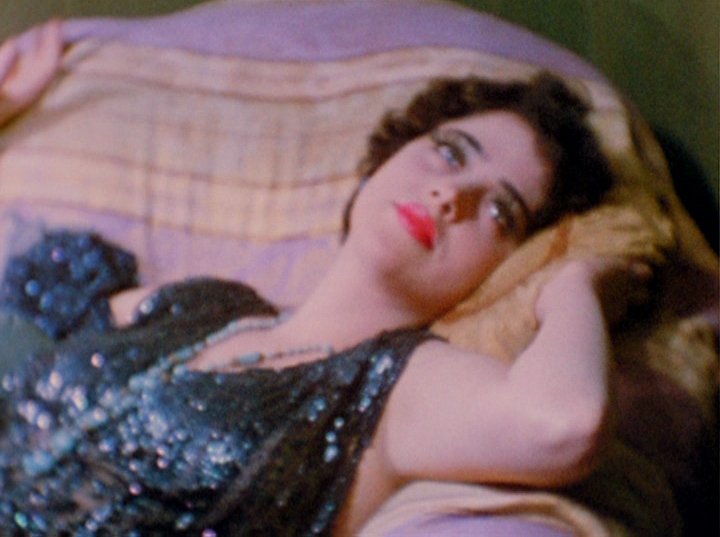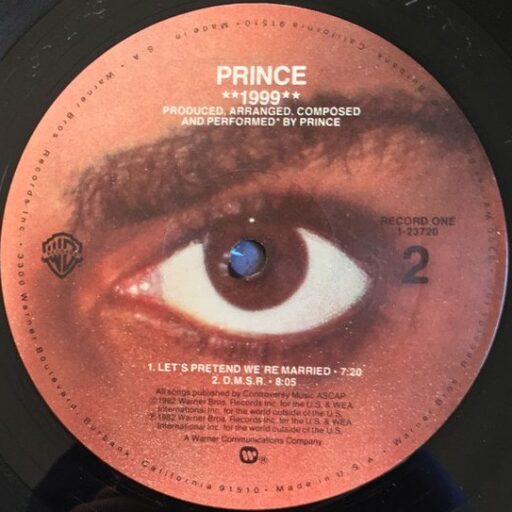Tag: beyonce
-

Manic Monday
“Manic Monday” has the hazy feel of a half-remembered dream–not least because its main melody directly echoes that of another dream song, “1999.”
-
Baby I’m a Star
“Baby I’m a Star” has the familiar air of Prince self-actualizing through music: projecting himself toward a celebrity status he was still years away from achieving.
-
Nasty Girl
The role that made Denise Matthews a star–even if, as she later admitted, it was one she played reluctantly.
